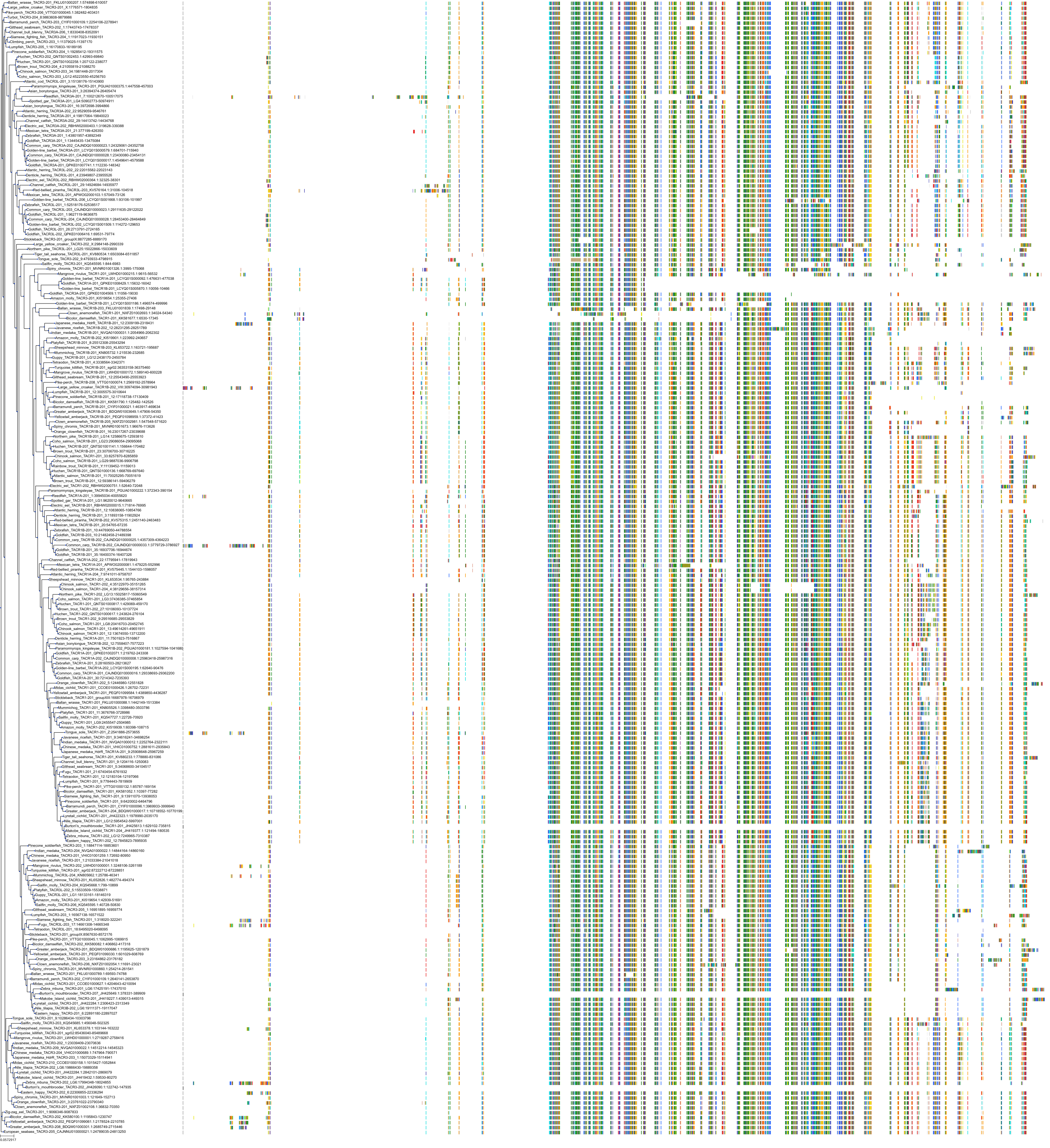| Synonyms | |
| Status | |
| Molecule Category | UNKNOWN |
| UNII | 83VNE45KXX |
Structure
| InChI Key | PPSNFPASKFYPMN-SECBINFHSA-N |
|---|---|
| Smiles | |
| InChI |
|
Physicochemical Descriptors
| Property Name | Value |
|---|---|
| Molecular Formula | C16H15FN6OS |
| Molecular Weight | 358.4 |
| AlogP | 2.46 |
| Hydrogen Bond Acceptor | 7.0 |
| Hydrogen Bond Donor | 0.0 |
| Number of Rotational Bond | 2.0 |
| Polar Surface Area | 76.8 |
| Molecular species | NEUTRAL |
| Aromatic Rings | 3.0 |
| Heavy Atoms | 25.0 |
Bioactivity
|
Protein: Neurokinin 3 receptor Description: Neuromedin-K receptor Organism : Homo sapiens P29371 ENSG00000169836 |
||||
| Targets | EC50(nM) | IC50(nM) | Kd(nM) | Ki(nM) | Inhibition(%) | |
|---|---|---|---|---|---|---|
|
Enzyme
Cytochrome P450
Cytochrome P450 family 2
Cytochrome P450 family 2C
Cytochrome P450 2C19
|
- | 48000 | - | - | - | |
|
Enzyme
Cytochrome P450
Cytochrome P450 family 2
Cytochrome P450 family 2C
Cytochrome P450 2C9
|
- | 42000 | - | - | - | |
|
Enzyme
Cytochrome P450
Cytochrome P450 family 3
Cytochrome P450 family 3A
Cytochrome P450 3A4
|
- | 90000 | - | - | - | |
|
Membrane receptor
Family A G protein-coupled receptor
Peptide receptor (family A GPCR)
Short peptide receptor (family A GPCR)
Neurokinin receptor
|
- | 20 | - | 219 | - |
Cross References
| Resources | Reference |
|---|---|
| ChEMBL | CHEMBL3608680 |
| DrugBank | DB15669 |
| FDA SRS | 83VNE45KXX |
| Guide to Pharmacology | 10422 |
| PubChem | 117604931 |
| SureChEMBL | SCHEMBL16114810 |
| ZINC | ZINC000218861630 |








